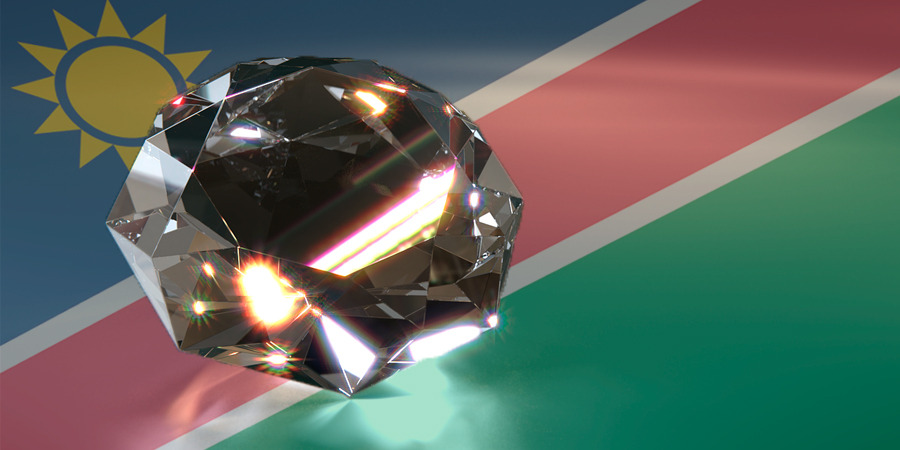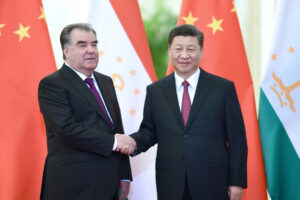Paulus Shituna, the Acting Chief Executive Officer of the Namibia Diamond Trading Company (NDTC), has reaffirmed the entity’s commitment to enhancing the value of the country’s diamonds through various platforms.
Shituna conveyed this commitment on Wednesday at the Tourism EXPO 2024 and Di amond Winner Draw event in Windhoek. The event also commemorated World Tourism Day, annually observed on 27 September.
“NDTC values the NAMDEB production, valued at USD $1 billion every year; this is our responsibility. We value, sort, and then sell these diamonds. That is why we align ourselves with those involved in innovative approaches to putting Namibia on the map. Namibian diamonds are known to be one of the best out there, averaging at about USD $600 per carat, compared to big producers like Botswana, where their cost per carat is averaged at USD $200. Unfortunately, we do not have their volume; we only have the value,” Shituna said.
He noted that about 55 percent of the tax revenue collected by the government in the mining sector comes from diamond mining, underlining the significance of diamonds in the country.
Shituna acknowledged that while most diamonds mined in Namibia do not reach many Namibians, both the diamond and tourism industries hold pivotal roles in the country’s economy, hence their support for the Tourism EXPO.
He emphasized that tourism contributes about Seven Billion Namibian Dollars to the country’s economy and is one of its largest employers.
Showcasing these diamonds to tourists enhances Namibia’s reputation and adds value to the representation of the country. Shituna stressed that buyers should receive value for their money.
Meanwhile, Bryan Eiseb, the Namib Desert Company Board Chairperson and Acting Executive Director in the Ministry of Mines and Energy, echoed similar sentiments.
He pointed out that the current global economic conditions have impacted consumer behaviour, especially for luxury goods, and the international diamond market remains fragile and unpredictable.
New trade requirements for rough diamonds and revised import regulations, particularly in the European Union, necessitate rethinking business approaches.
Furthermore, Eiseb highlighted the ongoing challenges in the diamond market, such as the downturn in prices and the slowdown in the Indian market on polished diamonds, indicating stockpiling trends.
He stressed the need for agility in business tactics and strategies amidst the prevailing challenges, including pressure from synthetic diamonds.
“The challenges we face currently seem more structural than cyclical. Despite these risks, we must not forget that synthetic diamonds have not yet proven that they are a lasting alternative to natural diamonds, nor can they serve as a store of value. Natural diamonds have displayed that their natural beauty, coupled with their natural formation process, remains a store of value and a woman’s best friend,” Eiseb explained.
Eiseb maintained that the country needs to intensify its quest for local value addition and should consider selling diamonds primarily to clients and companies that have invested locally in cutting and polishing factories.
He believes that more can be done to support local beneficiation and proposed that NAMDIA should consider partnering with willing institutions to enter the downstream market of local jewellery manufacturing, serving as a catalyst for Namibia to become competitive in the luxury diamond brand market.
Source : OBSERVER24
















